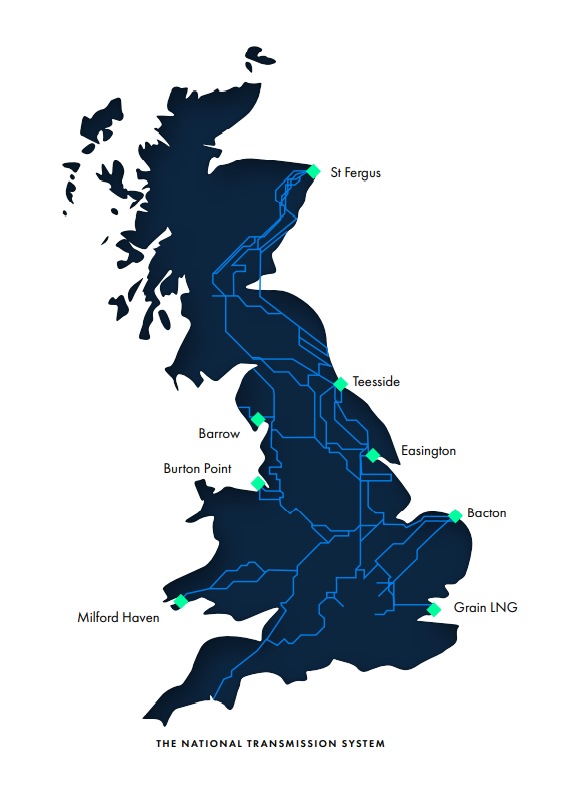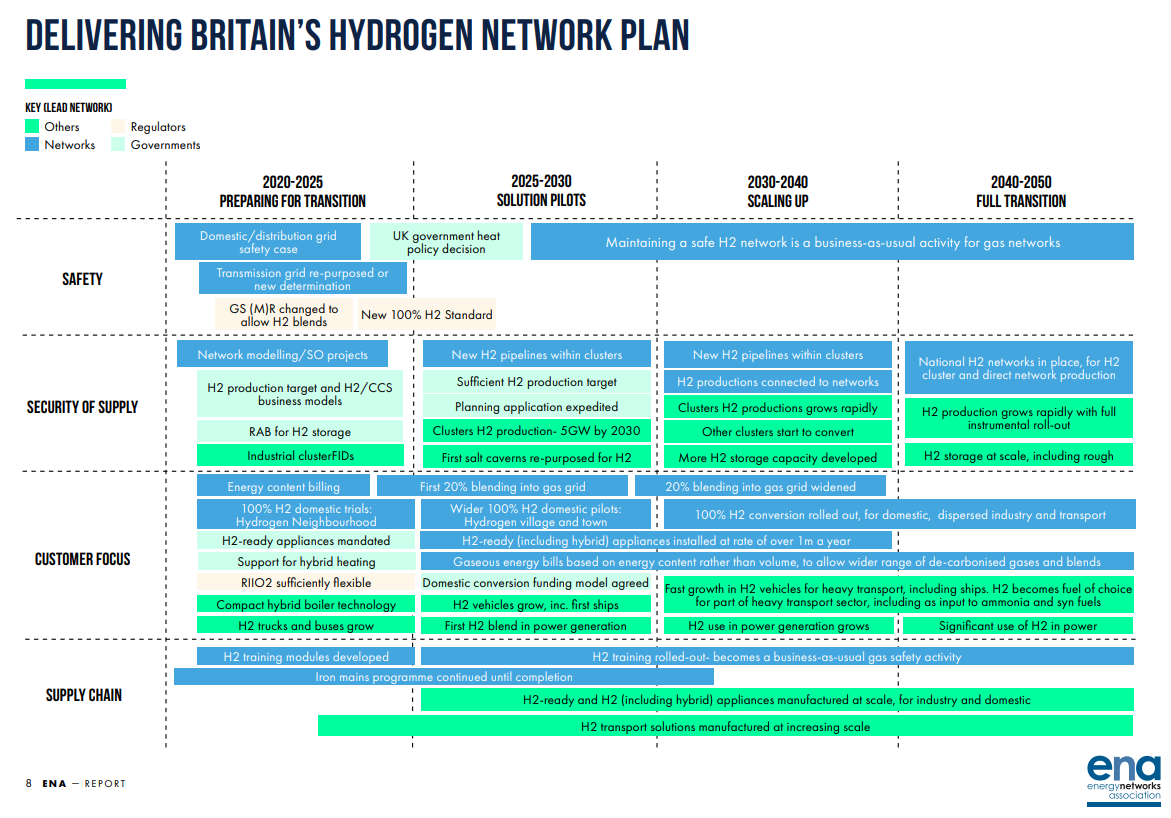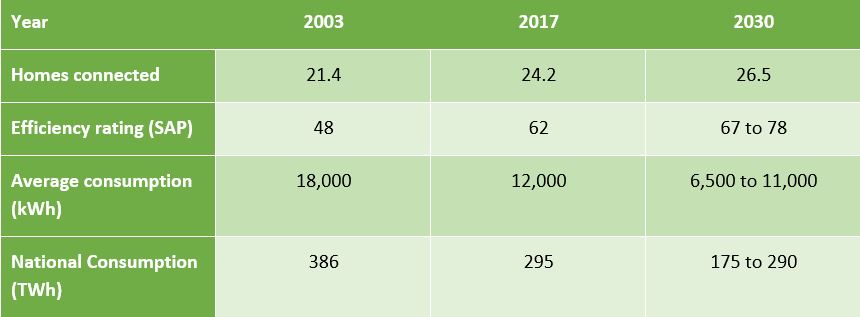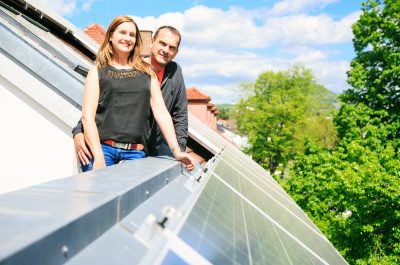Is Britain’s hydrogen plan an Aussie blueprint?
Britain’s hydrogen network plan
ENA UK’s latest body of work aims to set out a practical and detailed roadmap to help networks achieve the United Kingdom’s hydrogen ambitions. It is intended to fulfil their commitment to transition the country’s gas networks away from natural gas and towards hydrogen.
Under the plan[1], Brits will see up to a 20 per cent hydrogen blend in their gas networks from 2023 with the first ‘hydrogen towns’ to come online by 2030. A range of demonstration projects are already supporting the shift including a project at Keele University in Staffordshire where 20 per cent hydrogen has been blended in the network since 2019. Results show that gas appliances using the blend are functioning normally and householders and campus businesses report they haven’t noticed any difference to their gas supply.
Additional testing of network assets and other safety trials are also occurring around Britain, for example at the Spadeadam testing facility[i].
In the first phase, hydrogen production will be focused on blue hydrogen, and natural gas will be delivered to hydrogen clusters supporting major industry. The major industry users will provide the foundation demand for hydrogen with excess being directed – as a blend – into the local gas distribution network. As such, gas pipelines will continue to be used to deliver gas and new pipelines will be built to connect between clusters.
Figure 1: Britain’s gas pipeline system (Source: Gas Goes Green (2021), Britain’s hydrogen network plan, pg 22)
Switching over to 100 per cent hydrogen will require more hydrogen production capacity to be built and hydrogen-ready appliances to be installed. Hydrogen-ready appliances have been demonstrated, but there is currently no legislation mandating them. A central policy decision by the UK government to mandate dual fuel appliances from 2025 will provide the correct signal to appliance manufacturers to retool their factories to produce them. More than one million boilers are replaced/installed annually and replacing these with hydrogen-ready instead of natural gas-only appliances will simplify the large-scale conversion to 100 per cent hydrogen.
Figure 2: Britain’s hydrogen plan on a page (Source: Gas Goes Green (2021), Britain’s hydrogen network plan, pg 8)
In Australia, the blend is currently limited to 10 per cent hydrogen. Ongoing testing of a higher blend in gas appliances is occurring to determine whether an upper limit can be adopted. The appliances used here are different to those in the UK, so additional work is required to develop dual fuel appliances that can be easily modified when switching network gas to hydrogen.
Energy efficiency
Britain’s plan allows for continued energy efficiency improvements from British homes. Most gas in the UK is used for space heating, provided through boilers that provide hot water to taps and radiator type heaters within the home. Based on historical evidence of energy efficiency improvements and ongoing growth of connections to the gas network, total consumption by homes in the UK will decline from 386 TWh (Tera Watt Hours) in 2003 to between 175 and 290 TWh in 2030.
Improvements in energy efficiency led to reduced energy requirements in the home. The projected savings in the table above are between 39 and 64 per cent over 2003 gas consumption levels. Hydrogen produced from natural gas will cost more compared with using natural gas directly. Increasing the energy efficiency and hence requiring less energy will offset this increase in gas price so that at the end of the day, the impact on customer bills will be minimal.
Table 1: Energy efficiency of British homes
Regulators
The UK’s gas networks are overseen by a single technical regulator – the Health Safety Executive. It is an enabling regular that works with network businesses on the future of the gas networks, including participating in hydrogen safety case projects. This is a beneficial approach as the information provided by different trials and demonstration projects supports the national safety and business case for converging to hydrogen in gas networks. While Australia has an overarching Australian Standard – AS/NZS4645 – Gas Distribution Networks, the interpretation of this standard may differ between states, as each has its own technical regulator. Applying this model to hydrogen may result in duplication of projects to apply demonstration results from one jurisdiction to another.
On the other hand, economic regulators make assessments about the charges associated with the supply of the gas from networks. The Australian Energy Regulator oversees the east coast networks and the Economic Regulation Authority makes regulatory decisions for infrastructure in Western Australia. Australia’s gas networks have their five-year plans assessed at different times[ii], with ACT and SA’s plans finalised in 2021, Victoria’s in Oct 2022 and NSW in April 2025. Within the UK, OFGEM[iii] oversees all the natural gas networks and transmission networks and assesses their price control plans in the same period. This provides the advantage of a consistent approach to regulatory decisions but also allows networks to respond to major national policy decision (for example, the UK legislating a net-zero emission target by 2050) in a timely and coordinated response.
What about biomethane?
Even though this is a hydrogen plan, biomethane has not been forgotten. It is seen as a key fuel for transport and to replace natural gas in regions currently not connected to the network.
Collaboration
Australia, Germany and Britain are among the three leading countries on the pathway to decarbonise gas networks using hydrogen. There are differences in gas composition, network operating pressures and appliances, but there are also many similarities as the primary function of these networks is to deliver a gaseous fuel (and hence heating and cooking services) to consumers.
Even within Australia, while there are differences between jurisdictions there are more similarities.
Effective collaboration will allow all these regions to learn from each other in order to decarbonise networks faster. Let’s learn the 90 per cent that is similar and modify the 10 per cent to meet local conditions/ regulations, rather than duplicating efforts.
[1] https://www.energynetworks.org/industry-hub/resource-library/britains-hydrogen-network-plan-executive-summary.pdf
[i] https://www.dnvgl.com/oilgas/perspectives/heating-homes-with-hydrogen-proving-the-safety-case.html
[ii] https://www.aer.gov.au/system/files/AER%20Regulatory%20Determination%20Timetable%202018-2030%20%28updated%20September%202020%29%2811552971.1%29.pdf
[iii] https://www.ofgem.gov.uk/gas/distribution-networks/network-price-controls






